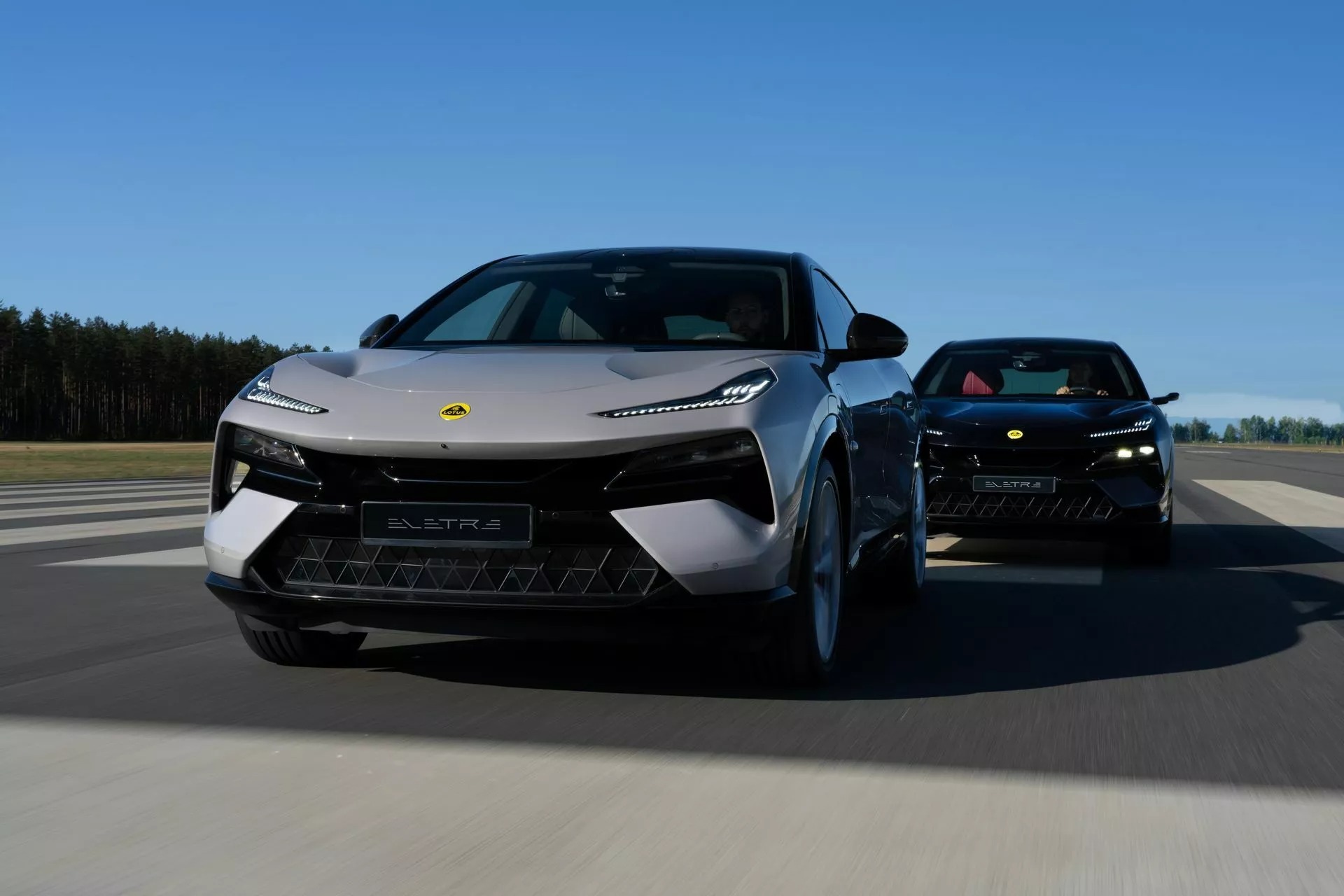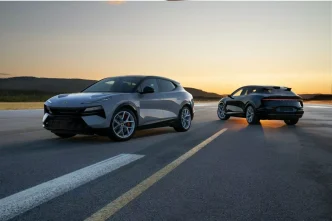Lotus is contemplating delaying the launch of its Type 135 electric sports car, originally slated to succeed the Elise and Emira, due to current battery technology’s impact on vehicle weight. The car, which was initially planned for a 2027 release, must maintain the spirit of the Elise, but today’s battery advancements may not yet suffice, the brand revealed.
In a recent interview, Lotus Group design chief Ben Payne emphasized the challenge of replicating the Elise’s characteristics with current electric vehicle (EV) technology. “The technology right now does not really allow you to recreate that product in a convincing way,” Payne told Autocar, referencing the modern EV’s taller silhouettes and higher curb weights, which are significant issues for sports cars designed for driving enthusiasts.
The Type 135 will be built on Lotus’ new ‘E-Sports’ platform, featuring a rear subframe assembly that is 37% lighter than the one used in the Emira. This design allows for mid-chassis battery placement, enabling a lower floorplan and driving position compared to EVs with skateboard architectures.
Payne indicated that solid-state batteries might help Lotus achieve its weight reduction goals for the Type 135, though he did not confirm if Lotus is planning to adopt this technology. “The physical size shrinking, and inevitably the mass coming down, allows you to go back to the core values,” Payne said of solid-state cells. “For a brand like Lotus, being able to reduce everything to the minimum and then shrinkwrap the car around it is the core philosophy of [founder Colin] Chapman.”
While the design chief did not confirm whether the 2027 launch date would be postponed, he acknowledged the complexity of aligning technological advancements with project timelines. “These things need to dovetail in the right way,” Payne remarked.
This potential delay underscores the broader challenges faced by manufacturers in balancing innovative electric powertrains with the performance and handling characteristics expected in traditional sports cars.








